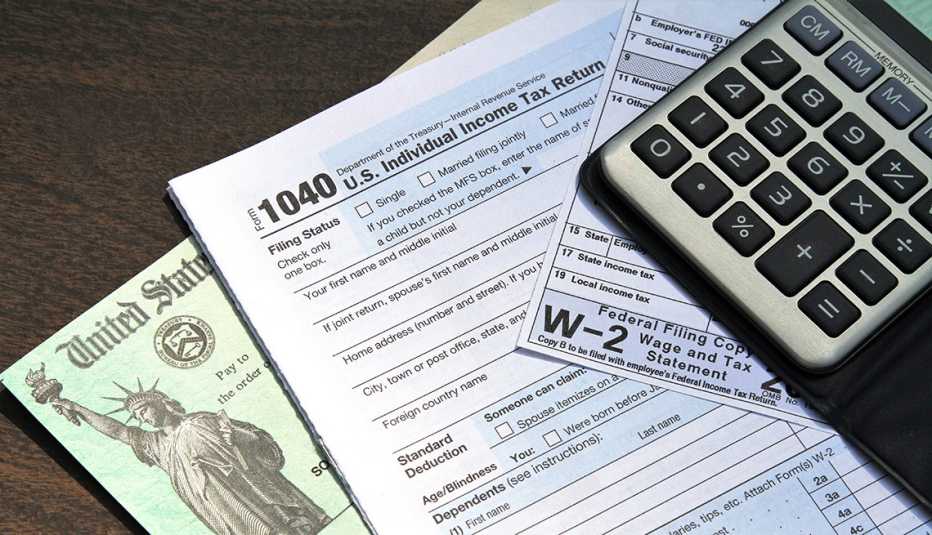AARP Hearing Center
Nothing can sink a financial plan faster than debt, and seniors already weighed down by credit card debt may find themselves even further in debt because of the coronavirus.
More senior households were in the red before the coronavirus hit, says Brandy Bauer, a spokesperson for the National Council on Aging (NCOA). In 2016, 60 percent of households headed by someone 65 and older had debt, up from 51.9 percent in 2010. The median amount of debt they carried was a little over $31,000.
A number of factors have contributed to the problem, Bauer says. “Some were near retirement age when the Great Recession hit and saw a lot of their resources liquidated, or significantly decreased,” she says. Others struggle with medical debt and may find themselves reaching for credit cards to pay their bills. As unemployment mounts during the state-ordered shelter-in-place orders, many older workers will wind up paying bills with plastic until they can get unemployment or other government relief.
"Debt can be paralyzing,” says Randall T. Lehman, a wealth management advisor at Northwestern Mutual, based in Fort Wayne, Indiana. So an opportunity to refinance it to make payments more manageable may be tempting to those trying to dig themselves out. There are a number of debt consolidation options. Experts chime in on the pros and cons of each.
Refinancing to a low-interest credit card
A credit card that offers a promotional low interest or even a zero percent interest rate can give you the opportunity to make headway on your balance without paying a lot in interest. Another benefit: Credit cards are an example of unsecured debt, meaning they are not backed by collateral. When considering options for refinancing debt, that can be an advantage because, in the worst case, you won't lose an important asset, such as your house. “I'd rather have an unsecured line of credit than one that is secured, because you have none of your assets at risk,” says Michael Gerstman, CEO of the Dallas-based retirement planning firm Gerstman Financial Group.
However, refinancing debt from one credit card to another can have its drawbacks. For example, the rate may go up significantly once the promotional period is over. In fact, some might find that “they would have been better off keeping their existing credit cards because the interest rate was not as bad, comparatively speaking,” Lehman says.
Then there are the fees. “Many balance transfer offers have a 3 percent or higher balance transfer fee that can easily equal two to three months interest on the old credit card,” says Michael Sullivan, personal financial consultant with the Phoenix-based nonprofit financial education organization Take Charge America.






































































